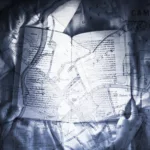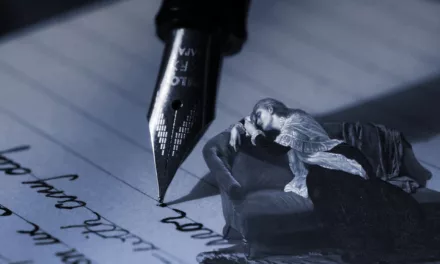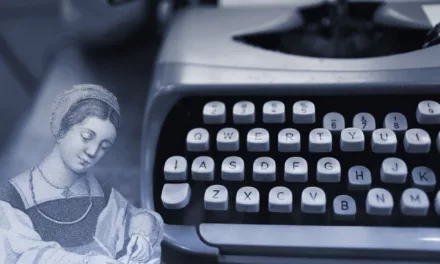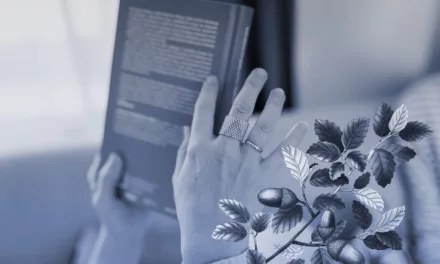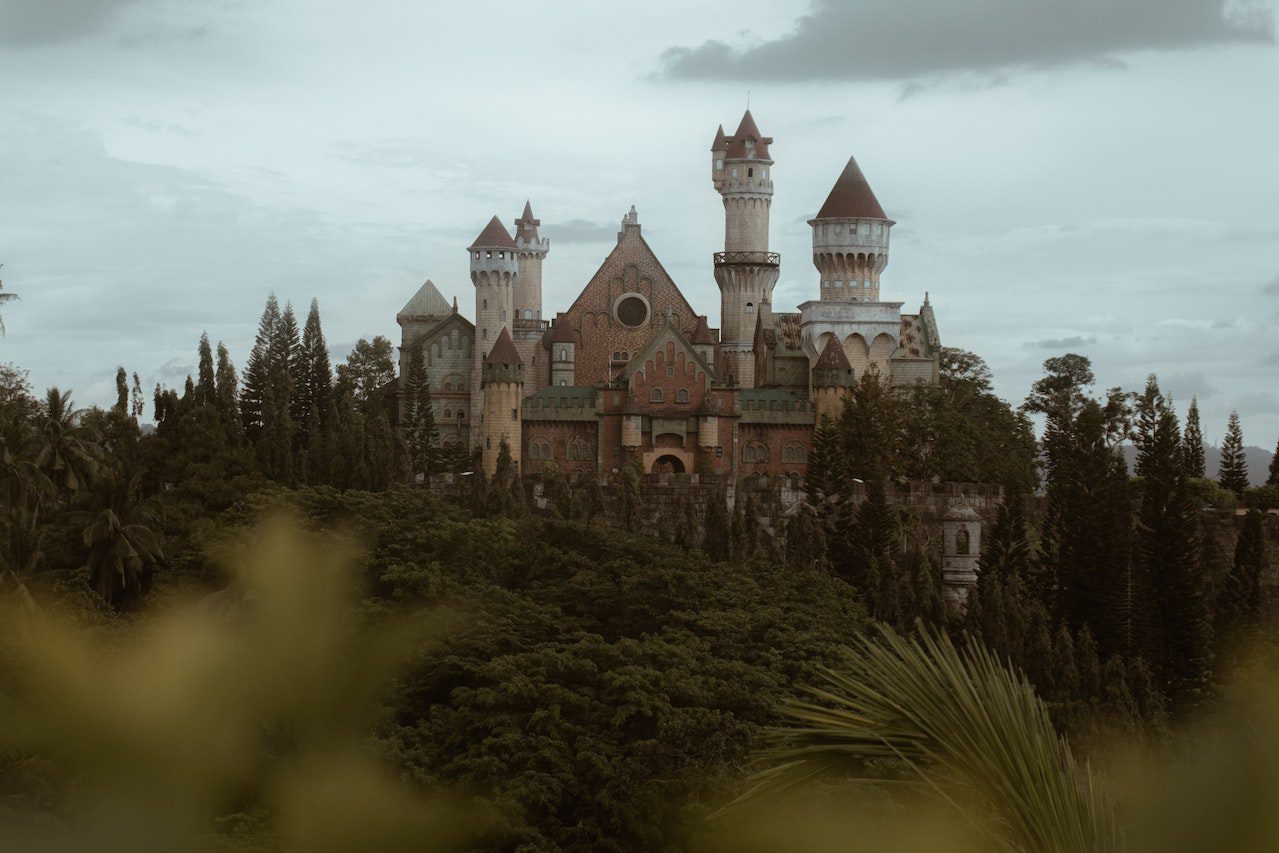
What Do Writers Need to Get Copyright Permission for?

Navigating copyright law is an incredibly difficult part of the writing and publishing process. Writers aren’t experts on the law, so it’s easy to forget that not everything is fair use, and that to save yourself unnecessary agent rejections or legal trouble down the road, you must ensure that something you’re including in your writing project isn’t protected by copyright law.
In this post, we’ll explore what kind of things do (or don’t) require copyright permissions or licenses, in order to ensure that your work respects the intellectual property of others and avoids potential legal pitfalls. I will state from the outset that I am not a lawyer, and these observations are based on my experience of copyright in my years as an editor. When in doubt, also seek professional legal advice.
Photographs and Illustrations
There are many reasons a writer might include photographs and illustrations in their work. Picture books are the obvious choice, but many longer-form fiction works use illustrated flourishes, non-fiction books might include relevant art or photographs of documents and important people to their narratives, memoirists might use personal photos, and of course, every book needs cover art.
So how do you know what you need to licence, or get permission for?
Stock photos
Many writers and artists turn to stock photo websites for their cover art, or to look for historical photographs to reproduce in their books. When looking for stock photos, it’s important to look at the licensing they provide, and if they’re a royalty-free library, whether they have different permissions for commercial use.
Sites like Shutterstock, Alamy, Getty Images, Stocksy, and iStock offer a range of licenses, from standard to extended, depending on your usage needs. Sites like Pexels, or Unsplash have royalty free images that you can often use for commercial purposes without licensing or attribution needed.
If you (or your cover artist), plan to use stock photos in your work, just ensure that you’ve checked the type of image library you’re sourcing your images from, and whether you need to purchase a licence for commercial reproduction.
Creative Commons
Some photographers and artists license their work under a Creative Commons licence, which allows for free use of the image with proper attribution. But not all Creative Commons licences are made equal.
There are six different types of Creative Commons licences, all with different levels of permission for reproduction. I won’t reproduce all the different types of licences here, as the Creative Commons website has a detailed rundown of all of them, so I recommend you head over there to read through the list.
There are only two Creative Commons licence types that allow for commercial use: CC BY and CC BY-SA. If you want to use creative commons images in your work, make sure that you abide by the terms of their licensing agreements.

Personal photographs
Personal photographs are a type of image that often falls through cracks when we talk about copyright. It’s a tough one, and just because you own a photograph (for instance, it’s in your family album), that doesn’t necessarily mean that you own the copyright.
For any artistic pursuit, the copyright of an item automatically lies with its creator. The same way that your written manuscript is your intellectual property, whether or not it’s published, a photograph is the intellectual property of the personal who took that photo. If you did not snap the photo yourself, then you will need to seek permission from the photographer. Even if that personal has passed away, it doesn’t automatically become free to use. While there is a grey area in the law for personal items like these, copyright usually lies with the creator until their death, +70 years.
If you’re the photographer, then you own the copyright, but you may still need to get a release if your photographs include people in them. In cases of photos snapped in public spaces of crowds, there are usually fair use rules that don’t require releases for every individual who appears in the picture. But if an individual or a group are the subject of the photograph, then you’ll likely need a legal release from the individuals represented.
Commissioned art
Many writers assume that if they have commissioned a piece of art, that they automatically have the right to reproduce it. But, this is not the case. Even if you have commissioned art, and paid for it, the artist still maintains the copyright unless you have bought the commercial reproduction rights from that artist.
Artists will usually have a baseline commission fee, and then a commercial “buy-out” fee that they add to the commission price if you want the rights to use the image commercially. For any artist you work with, you should have a clear contract stating the scope of the usage rights to make sure there is no room for miscommunication.
Instead of buying rights, some artists may include royalty payments in their commission agreements if you plan to profit commercially from their work. Some indie authors may choose to go this route as it cuts down on the initial payment amount, but personally I always recommend a buyout fee. It avoids any potential legal issues should you switch your publishing route, or simply want to switch covers, which could deny the original artist any ongoing income they may have been promised in your contract.
Song lyrics
Song lyrics are a part of copyright law that so many authors aren’t aware of. In my editing career, I have had to tell countless authors that they have to remove song lyrics from their manuscripts to avoid legal issues, or licence them for often exorbitant licensing fees.
Even a single line from a song is protected by copyright. And attribution is not a substitution for permission. You can mention a song title or the name of an artist, as this is a fact, not a part of a copyrightable work. But any reproduction of lyrical content, must be licensed, or permission given from the copyright holder.
Rights holders for lyrics are usually a record company or music library. They have entire teams dedicated to making sure that their intellectual property is properly licensed. Depending on the song, the artist, and the rights holder, this will inform on how much you will be required to pay to reproduce any lyrical content in your work.
But what about fair use? I hear you say. Fair use is a grey area of copyright law, and usually only covers reproduction in the form of criticism, education, or the creation of a derivative work. As a writer who will financially profit from the work in which the lyrics are included without changing them in any substantial way, it is unlikely you’d be able to successfully argue for fair use in this case. And if you could, it would require a lot of money spent on legal representation to fight it for you in court. Which is why, you should save yourself the hassle and either ensure you licence the lyrics with the appropriate rights holder, which can be costly and time-consuming, or just don’t include them in the first place.

Quotes from other people’s work
Unlike lyrics, quoting other people’s work is much less clearly defined in copyright. For quotes, context, length, and substantiality matter a great deal to whether you can use it or not. And it is more likely to be covered by fair use.
One of the most uncertain parts of copyright law involves quoting or excerpting someone else’s work. There is no distinct rule that says what amount you can safely reproduce, which is what makes it such a grey area. In most cases, reproducing a line or two will be covered under fair use, even if your work is being published commercially, but every case will be different, and context matters. The best rule of thumb is, when in doubt, seek permission. It’s always better to be safe than sorry.
Like lyrics, you do not need permission to mention the title or the author of an already-published work. These are facts, and so do not need any special kind of copyright considerations. You can also safely use excerpts from works that are within the public domain.
Brands
Using trademarked brand names in your writing is generally considered fair use. Using them in a factual context is fine. For instance, if your character’s favourite bag is a particular brand, or they like to eat a particular brand of cookie, that’s a factual statement and will not run you into any legal hot water.
But again, when using brand names and trademarks, context matters a great deal. It all comes down to taking some common-sense precautions. Avoid writing in a way that could confuse readers into thinking a brand is affiliated with you or endorses your work. This could be especially pertinent to non-fiction writers, or writers of epistolary fiction.
It’s also important to avoid making any defamatory statements in your work, which is something that stands for both fiction and non-fiction writers. An example of this could be representing a well-known brand’s product as dangerous of defective, which could lead to them taking legal action against you. This wouldn’t be a copyright claim, but a defamation suit, which is best avoided.
To sum up
When it comes to using copyrighted material in your writing projects, it is essential to do your due diligence. Always seek the necessary permissions and licenses, and when in doubt, consult with a legal professional or copyright expert. Remember, respecting copyright is not just about adhering to the law; it’s about respecting the creativity and efforts of fellow artists and creators.



